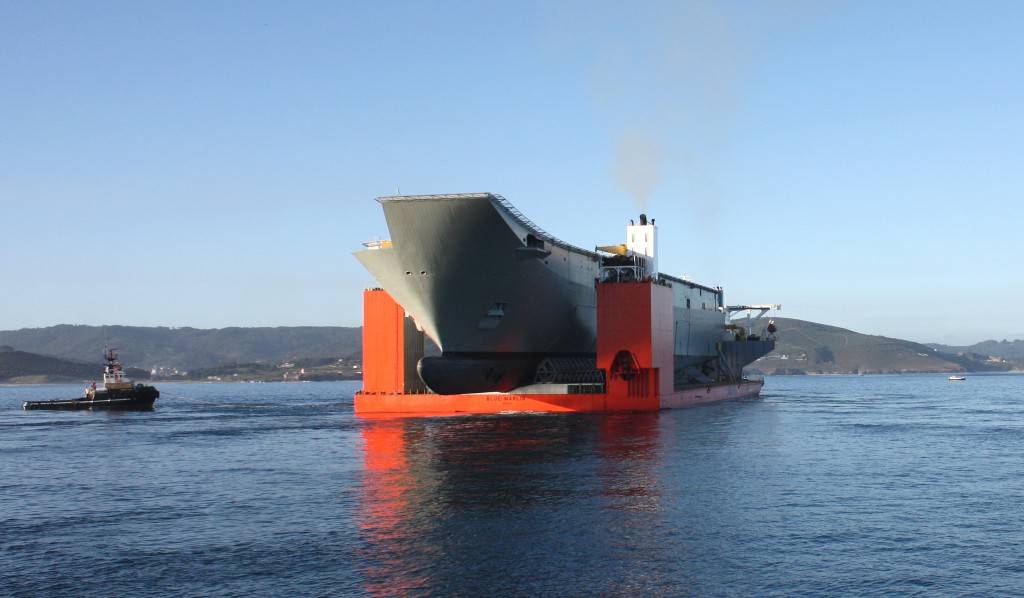 Print This Post
Print This Post- The Strategist - https://www.aspistrategist.org.au -
Reader response: amphibious capability
Posted By Kym Bergmann on November 12, 2013 @ 13:00
 I substantially agree with Hugh White’s analysis of the overall structure of Australia's surface fleet—or at least the amphibious assault component of it. One of the original justifications for seeking an LHD of more than 25,000 tonnes was that only ships of this size could simultaneously lift an entire infantry company, which we’re assured requires a minimum of six helicopters in the air at the same time. But why all six helicopters need to operate simultaneously from one large ship rather than, say, two slightly smaller ones has never to my knowledge been convincingly explained. And as White argues, this sort of combat capability is in any case irrelevant to the role of the ships for humanitarian and disaster relief. Additionally, it has never been made clear why a company is some sort of indivisible unit when it comes to airborne assault—surely there are some circumstances when a company won’t be enough, just as there’ll be circumstances where smaller units, and therefore smaller numbers of helicopters, are perfectly adequate.
I substantially agree with Hugh White’s analysis of the overall structure of Australia's surface fleet—or at least the amphibious assault component of it. One of the original justifications for seeking an LHD of more than 25,000 tonnes was that only ships of this size could simultaneously lift an entire infantry company, which we’re assured requires a minimum of six helicopters in the air at the same time. But why all six helicopters need to operate simultaneously from one large ship rather than, say, two slightly smaller ones has never to my knowledge been convincingly explained. And as White argues, this sort of combat capability is in any case irrelevant to the role of the ships for humanitarian and disaster relief. Additionally, it has never been made clear why a company is some sort of indivisible unit when it comes to airborne assault—surely there are some circumstances when a company won’t be enough, just as there’ll be circumstances where smaller units, and therefore smaller numbers of helicopters, are perfectly adequate.
Article printed from The Strategist: https://www.aspistrategist.org.au
URL to article: https://www.aspistrategist.org.au/reader-response-amphibious-capability/
[1] Image: http://www.aspistrategist.org.au/wp-content/uploads/2013/11/20120817navantia_004.jpg
[2] Hugh White’s analysis: http://www.aspistrategist.org.au/why-lhds-and-awds-are-a-bad-investment/
[3] Department of Defence: http://images.defence.gov.au/20120817navantia_004.jpg